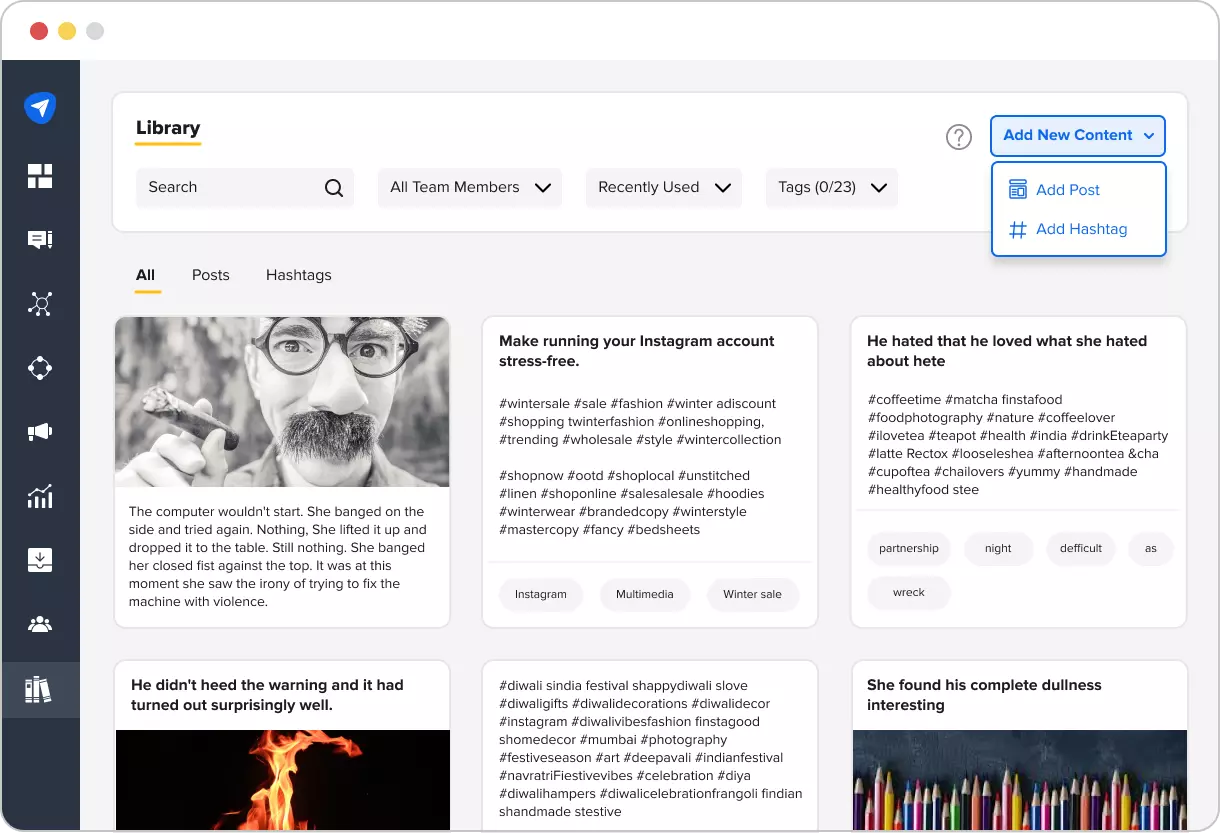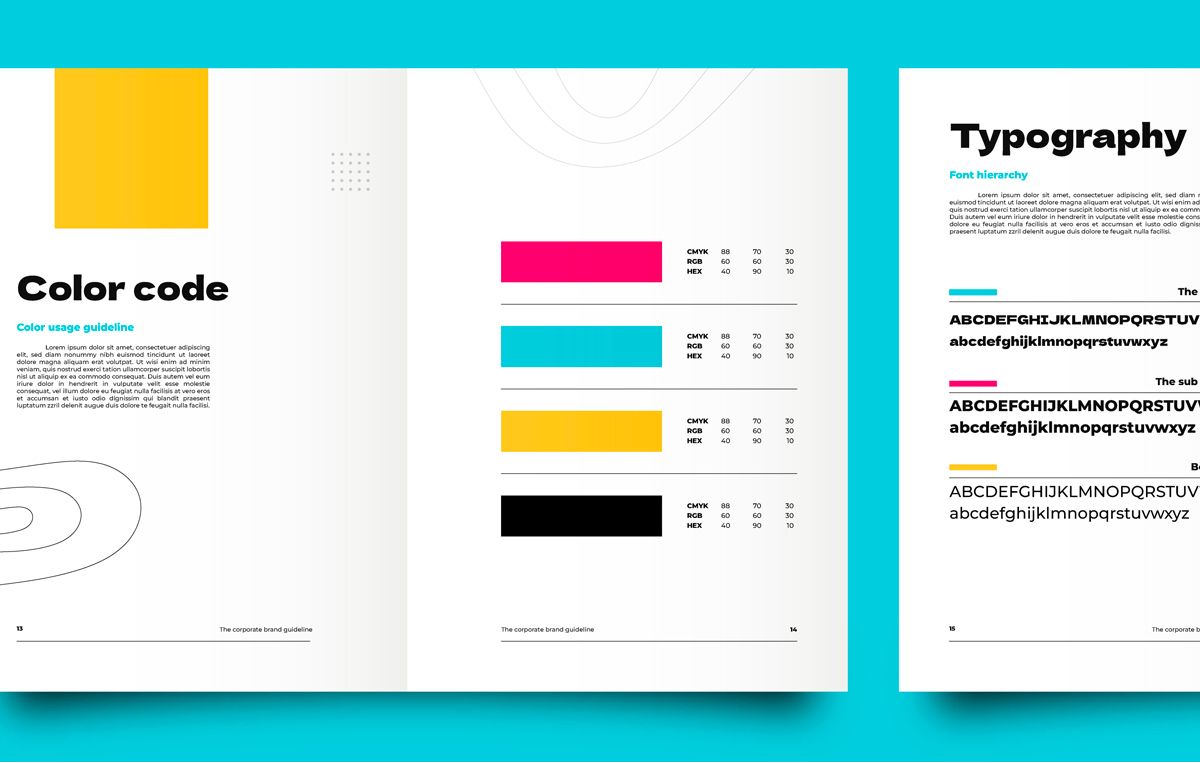As the number of social media users worldwide is expected to rise close to five billion, it has opened up a plethora of opportunities for brands to engage with their audiences.
Social media marketing has become one of the most critical marketing channels. Around $116 billion were spent on social media advertising in 2021. Per projections, that number is likely to soar to over $262 billion by 2028.
If you are part of a social media team, you know the increasing demand for high-quality content, indicating the sheer need for a social media asset library.
The amount of content we put out there for our audiences is unprecedented and overwhelming. However, the impact brands can achieve through social media content depends on several factors.
Some of these factors, such as algorithms, cannot be controlled. But there are other factors that social media marketers have been striving to improve upon over the years.
So, let’s shed some light on why a social media asset could be a boon to your marketing strategies.
What Are Social Media Asset Libraries?
Social media asset management involves labeling and organizing content in asset libraries.
The library items can include the most shared content types, such as written pieces, recordings, infographics, polls, photos, and videos for Instagram, LinkedIn, Facebook, and other social outlets.
It is as simple as that.
With a social media asset library, you can…
- Avoid issues that present hurdles in content creation and management by managing creative assets. With an asset library, you and your social marketing team can easily store, retrieve, and distribute branded assets.
- Maintaining a database of your brand’s images takes time and effort. Marketers need a system for collecting, cataloging and preserving a brand’s visual assets. There are a few solutions available to help keep up with the expanding volume of assets that need to be stored and accessed quickly and easily.
Social media assets can be managed in various ways, including using a content calendar, tracking spreadsheets, cloud storage, and, ideally, using dedicated software.
No matter the method, using an asset library to organize social media assets allows social media teams to think more carefully about the content they create and share.
Why Do You Need a Social Media Asset Library?
As every social media platform has specific requirements, you need to either repurpose or create content to suit the unique content formats for each platform.
For instance, there will be a difference between the videos you post on LinkedIn, Twitter, and TikTok. Another case in point is branded hashtags, which are different for Twitter as compared to Instagram.
In short, don’t be surprised if you find yourself swimming in a sea of content and expending time and resources sorting through it. You are likely grappling with issues like locating, storing and wondering if you posted the wrong image by mistake.
That is why you need an asset library — to organize your social media assets systemically.
Benefits of Asset Libraries to Help Manage Social Media Assets
With the increasing popularity of visual content in social media, marketing teams have to manage vast volumes of images and videos daily.
These social media assets will only see more traction and, consequently, be in constant demand. An asset library empowers you to create a well-structured repository of these assets and easily collaborate and communicate across functions.
Let’s look at its benefits.
Easy Collaboration
Multiple team members may need to collaborate on a single account, depending on the company’s organizational structure and size.
Using templates in an asset library allows you to keep up with the rapid pace of content consumption and posting.
Collaborating and ensuring a unified aesthetic is easier with templates. Examples include templates of brochures, company documents, Facebook ads, display ads, e-books, and flyers.
Assets Are Easily Accessible
Ease of access is essential, given the pace of content creation. Even today, many people spend hours locating assets due to wide-ranging requirements.
When all files are stored in one central location in the asset library, it is much easier for anyone on the team to access them. Also, it encourages and facilitates repurposing existing content rather than creating new content each time. You can quickly sort through multiple files at once.
Enhanced Searchability
Labeling everything you add to the asset library can help tremendously improve their searchability.
Labeling and adding metadata to files not only help with organizing but locating specific images or videos at any point in time becomes much easier.
Convenience
Asset libraries offer multiple options to organize your assets. You can create folders based on a topic, date, campaign type, or asset type. You can save videos in one place or images based on the theme in one folder. Create client folders to save content relevant to a particular brand in one place.
Adding and Editing Creative Assets
Once you have organized existing content in the asset library, you are ready to add new creatives in a more organized manner from the get-go. Some asset libraries also allow you to edit images via an in-built editor by integrating relevant apps.
SocialPilot’s Content Library: Your One-Stop Vault for Social Media Assets
The need for a social media asset library is real! For agency marketers, this needs becomes more imperative.
Including an asset library as part of your social media management strategy gives all your sensational post ideas a central home. All the time and energy you will save will give your team time to focus more on innovative pursuits and less on finding content from the haystack of google files.
But creating an asset library on any ground (google sheets, note-taking apps) is not a wiser pursuit. Imagine all the back, and forth your team will have to do.
Aren’t you managing enough tools already?
So, we decide to cut one tool from your martech stack by adding another feature on SocialPilot’s Dashboard.
Introducing SocialPilot’s content library.

With the addition of social media content library, you can store all your social media content and hashtags for different platforms in one centralized location. When needed, you can access the content with a single click for scheduling at the right time.
Doesn’t that screammmmmmm EASE!
A content library like SocialPilot is essential for marketers to organize and manage assets effectively. This streamlines the process of locating and retrieving any content needed to catch up with different campaigns for different clients quickly.
Conclusion
Every social media marketing effort should be built on the foundation of social media asset management.
In other words, the more time and energy teams put into it, the more scaling will occur.
Of paramount (and obvious) importance is the fact that you may achieve that through the efficient management of your social assets with the help of an asset library.
Teams work better together when they have branded asset management systems that streamline the entire content creation, storage, and organization process.
So, ensure you’re making this an important part of your social media strategy.



